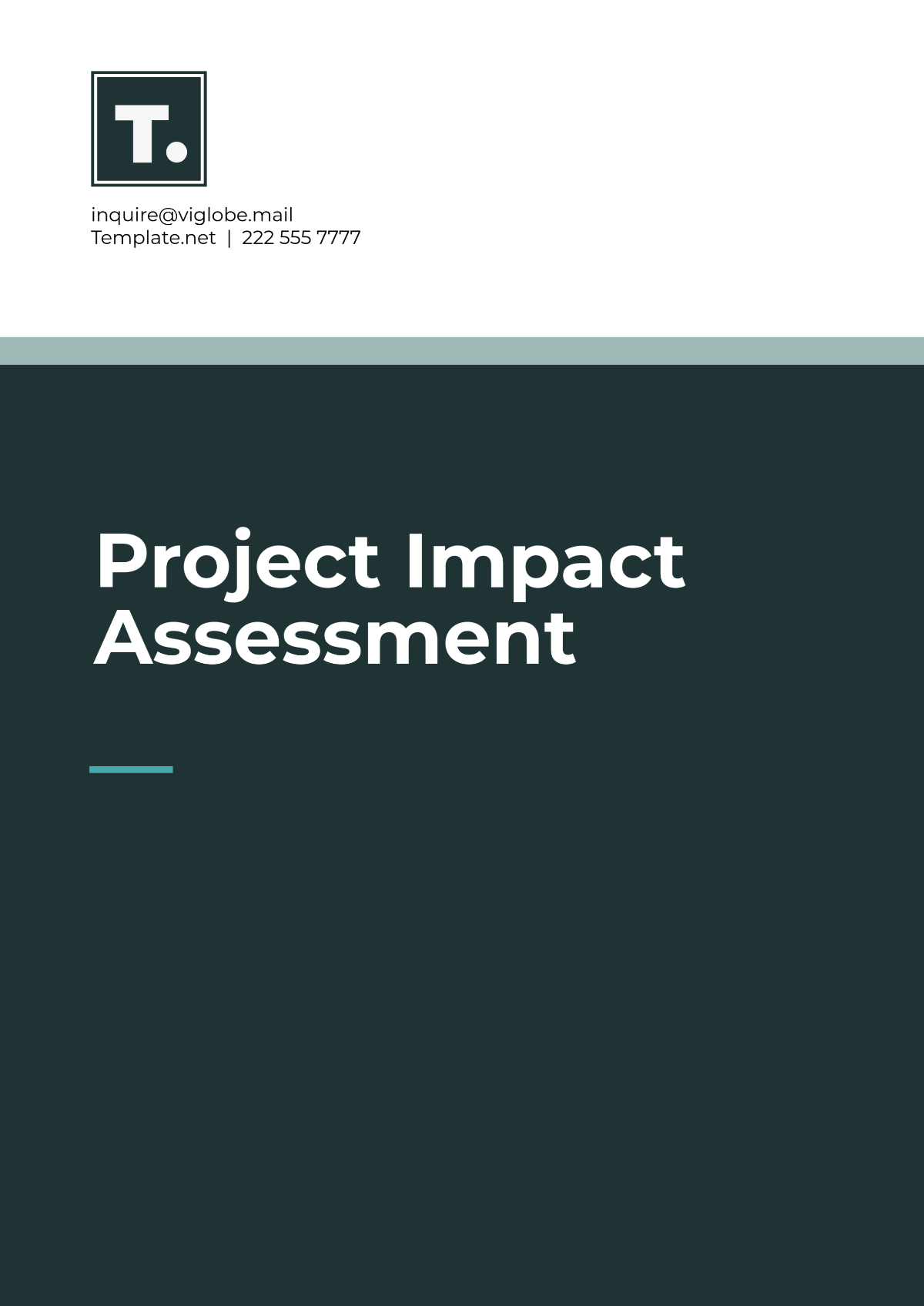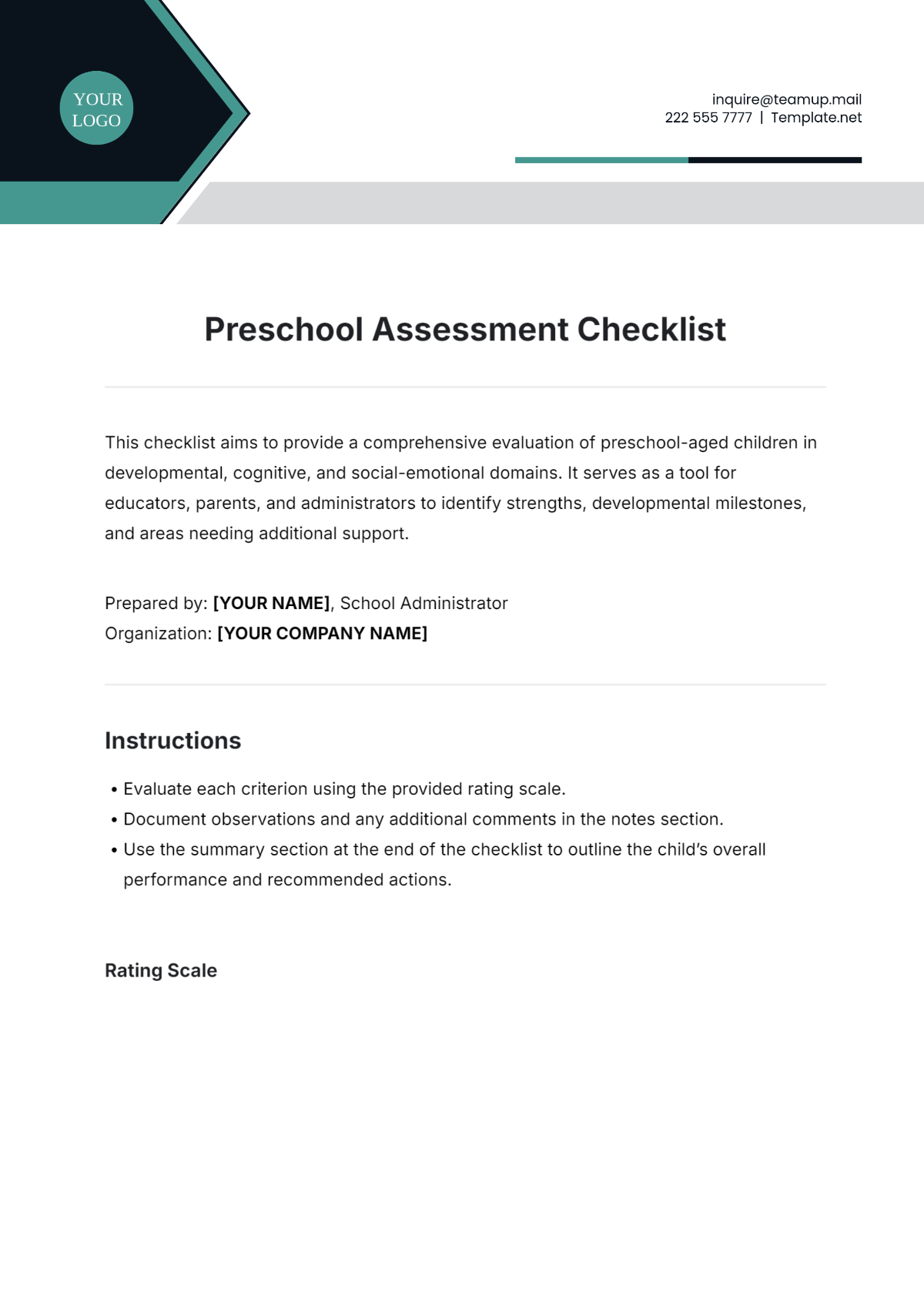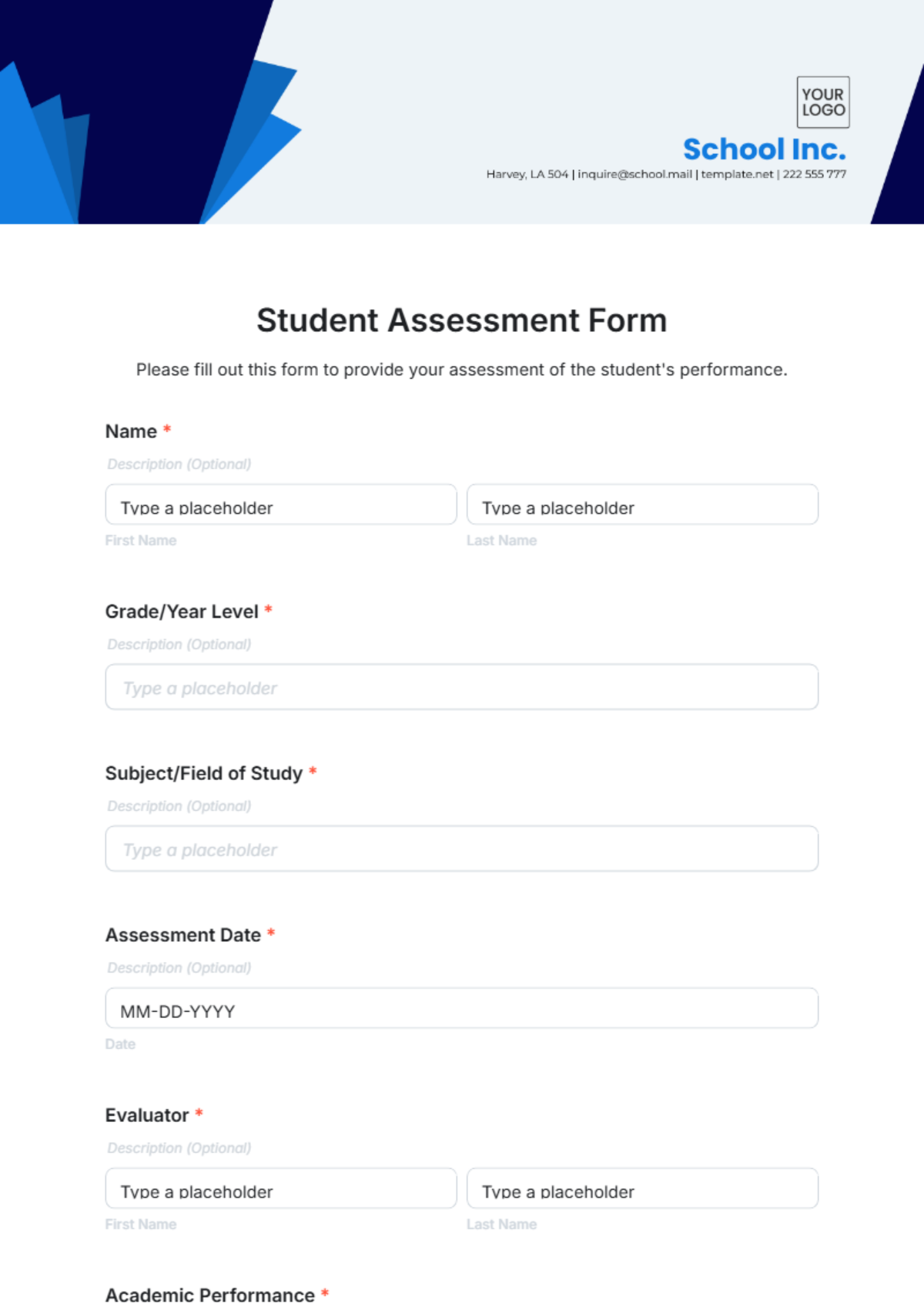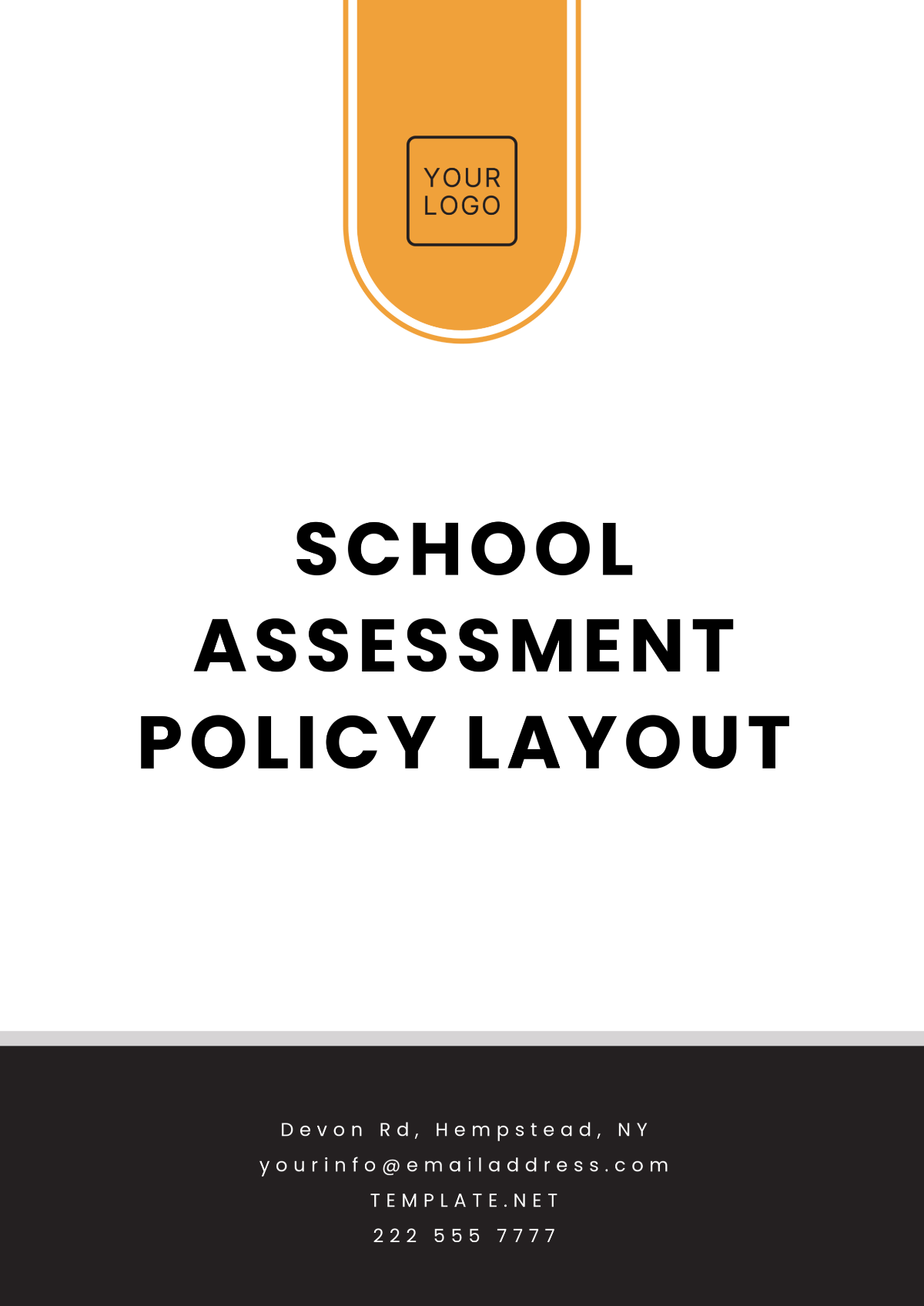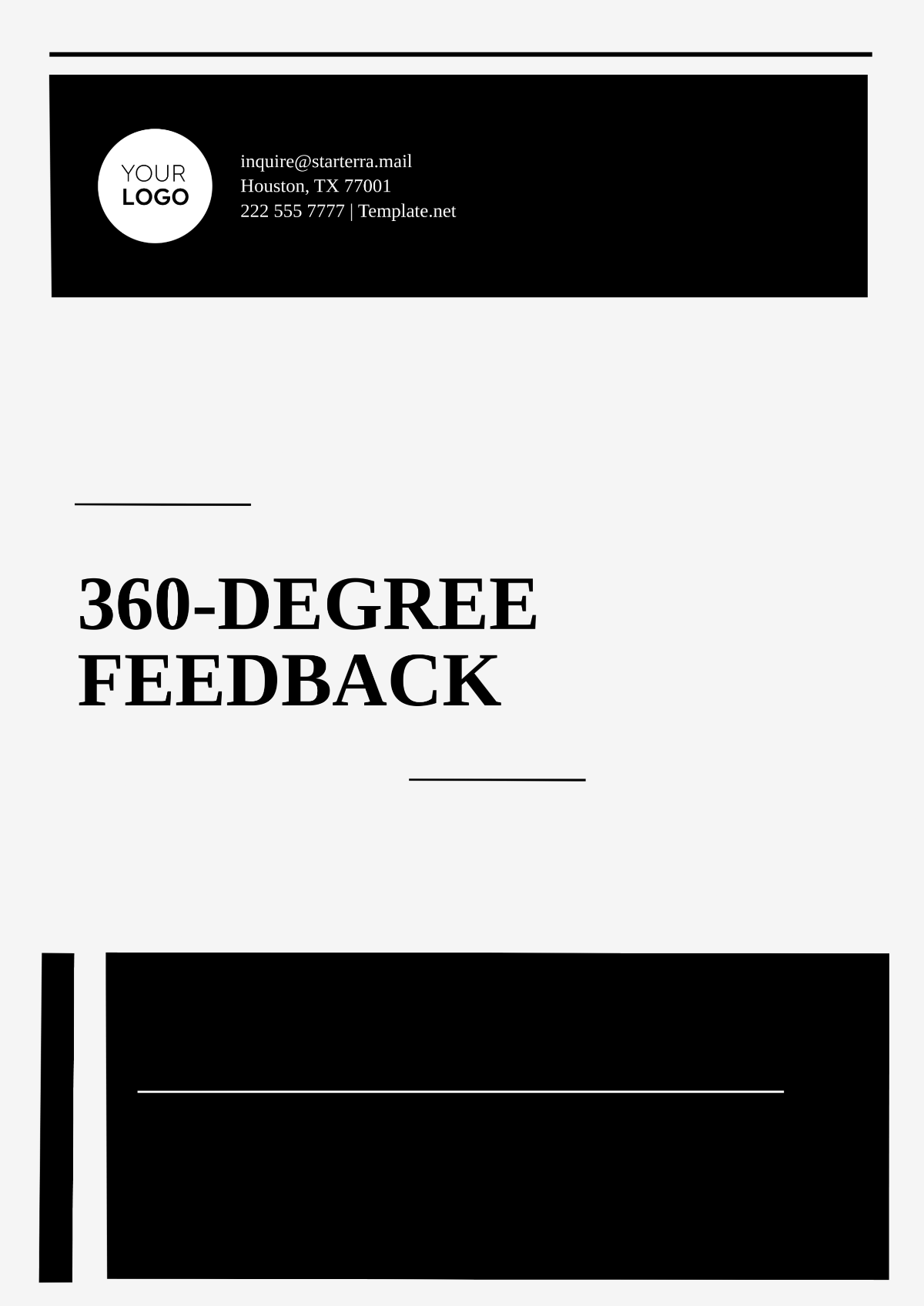Work From Home Self-Assessment
I. Introduction
As remote work becomes increasingly prevalent, the ability to adapt and thrive in a work-from-home environment is more important than ever. This self-assessment offers a comprehensive guide to evaluate your remote work skills and optimize your home office setup for sustained productivity, clear communication, and a healthy work-life balance.
II. Productivity
A. Task Management
Effective task management is vital for maximizing productivity when working from home. Staying organized and focused on priority tasks helps maintain momentum and achieve goals.
Create daily task lists: Break tasks into manageable actions and outline daily goals.
Prioritize tasks: Use frameworks like Eisenhower's Matrix to prioritize tasks based on urgency and importance.
Leverage task management tools: Tools like Trello, Asana, or Microsoft To-Do can help track progress and manage projects.
B. Distraction Control
A key challenge of remote work is managing distractions that can disrupt focus and reduce efficiency. Identifying common sources of distraction and implementing strategies to mitigate them is crucial.
Common distractions: These may include household chores, children, pets, and social media. Recognizing these interruptions allows you to address them proactively.
Strategies to reduce distractions:
Set boundaries with family members during work hours.
Establish designated workspaces that are free from household activities.
Use apps like StayFocusd or Freedom to limit time on distracting websites.
III. Communication
A. Tools and Platforms
Strong communication is essential for staying connected and aligned with your team in a remote setting. Knowing how to effectively use communication tools can improve collaboration and minimize misunderstandings.
Tool | Purpose |
|---|---|
Slack | Instant messaging |
Zoom | Video conferencing |
Formal communication | |
Microsoft Teams | Comprehensive communication and collaboration |
Familiarity with these platforms allows seamless communication, ensuring nothing falls through the cracks.
B. Etiquette
Maintaining professionalism in digital communications is crucial for fostering respect and teamwork in a remote work environment.
Respond promptly: Timely responses help maintain workflow continuity and demonstrate reliability.
Be concise and clear: Avoid long-winded messages. Convey ideas succinctly to avoid confusion and streamline communication.
Respect time zones and availability: Be mindful of colleagues' schedules and time zones. Use shared calendars or schedule meetings thoughtfully to avoid disrupting others' workdays.
IV. Workspace Setup
A. Ergonomics
A well-designed, ergonomic workspace boosts productivity and prevents physical discomfort. Proper posture and equipment arrangement can significantly improve your health and focus.
Component | Recommendation |
|---|---|
Chair | Adjustable, ergonomic with lumbar support |
Desk | Height-adjustable allows proper posture |
Monitor | Positioned at eye level, about 20 inches from your eyes |
Tips:
Use a footrest if your feet don’t comfortably touch the floor.
Keep wrists straight and hands at or below elbow level when typing to prevent strain.
B. Environment
Your workspace environment plays a key role in your overall productivity and mental clarity. Creating an optimized, distraction-free area ensures better focus.
Quiet space: Select a location away from high-traffic areas of your home.
Good lighting: Natural light is ideal, but if unavailable, ensure proper lighting to reduce eye strain.
Ventilation: A well-ventilated area keeps you comfortable and refreshed, aiding concentration.
V. Work-Life Balance
A. Time Management
Balancing work and personal life is critical when working from home. Without clear boundaries, it’s easy for work to bleed into personal time, leading to burnout.
Set clear working hours: Establish and communicate specific start and end times to both yourself and those around you.
Take regular breaks: Follow the Pomodoro Technique or simply schedule breaks throughout the day to refresh your mind.
Establish boundaries: Use tools like Google Calendar to block off personal time, ensuring that work doesn’t encroach on your downtime.
B. Personal Well-being
Maintaining personal well-being is essential for long-term productivity and mental health. Focusing on your physical and mental health can positively influence your work output.
Engage in physical activity: Incorporate regular exercise into your routine to improve focus and reduce stress. Even short walks or stretches can help.
Practice mindfulness or meditation: Mindfulness practices like meditation or deep breathing exercises can enhance focus and reduce anxiety.
Ensure adequate sleep: Prioritize 7-8 hours of restful sleep each night to sustain energy and performance levels.
VI. Conclusion
This self-assessment provides a framework to evaluate your readiness for remote work, focusing on productivity, communication, workspace optimization, and work-life balance. By identifying areas for improvement and implementing these strategies, you can enhance your remote work experience and ensure long-term success and well-being.
















